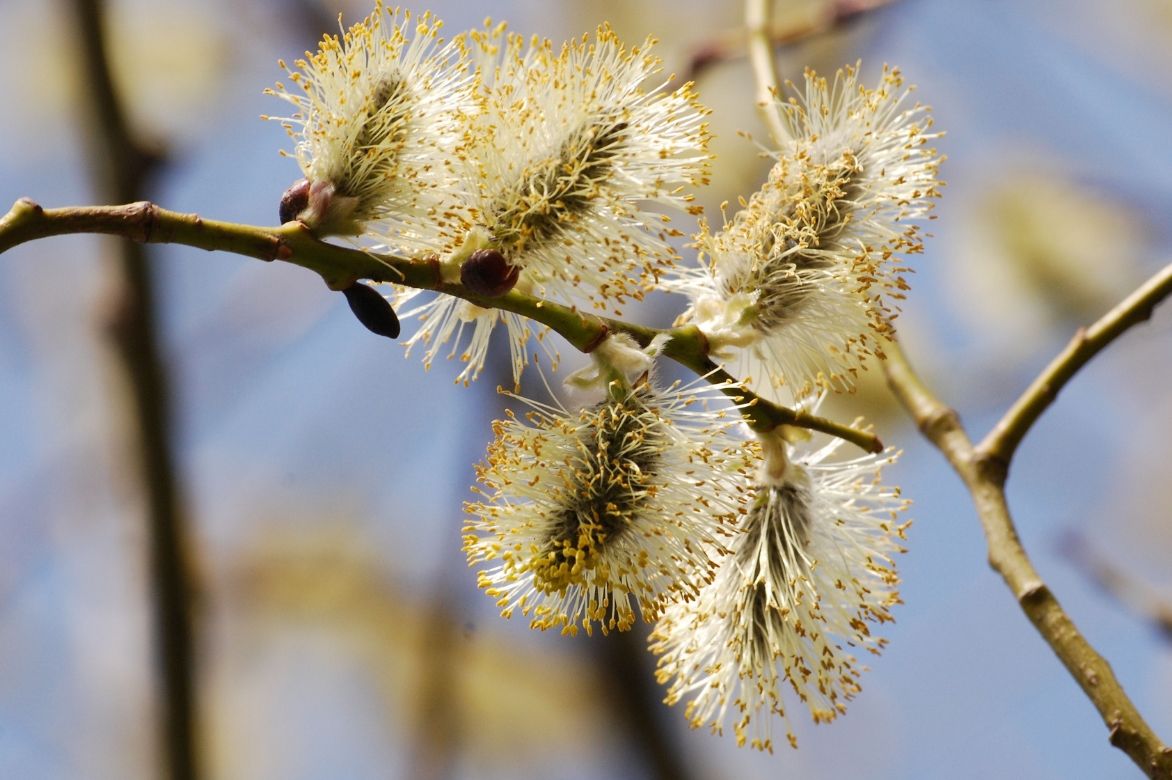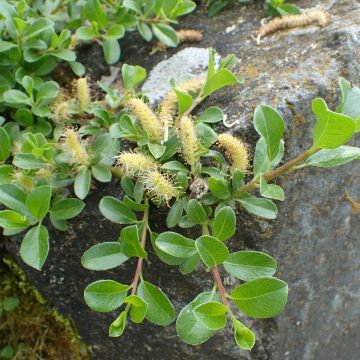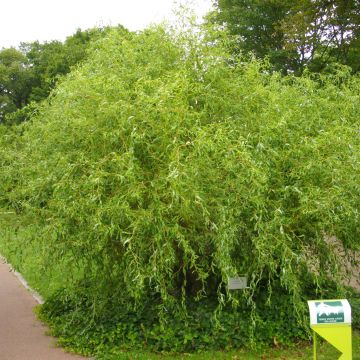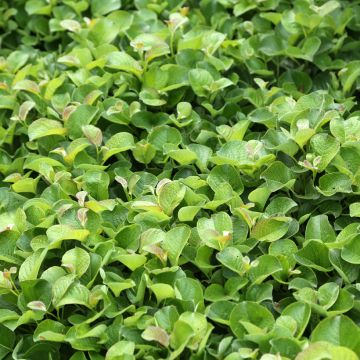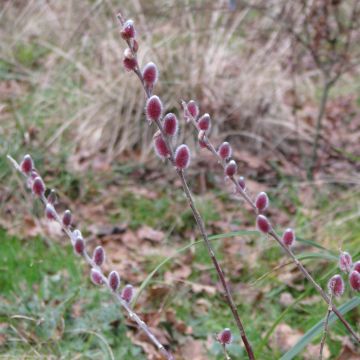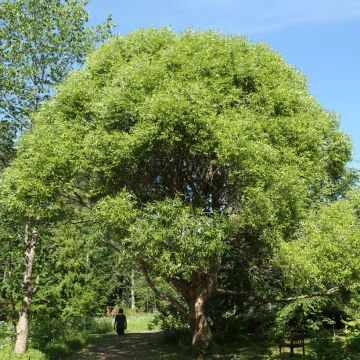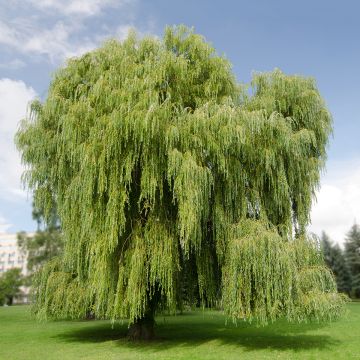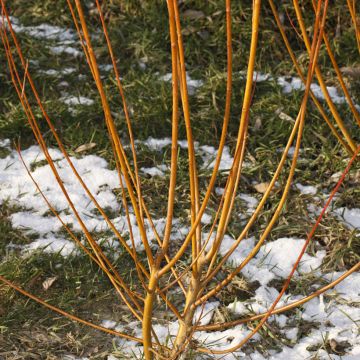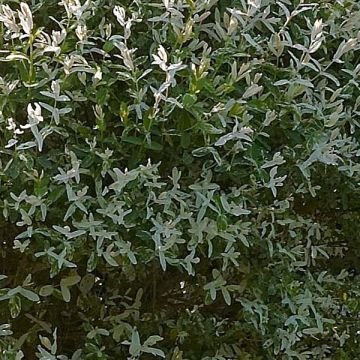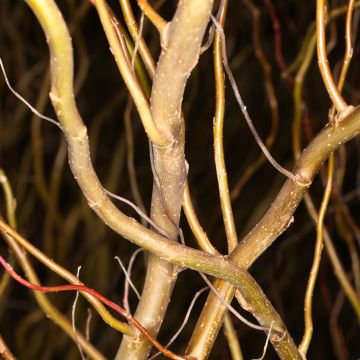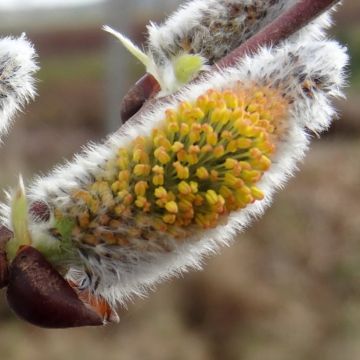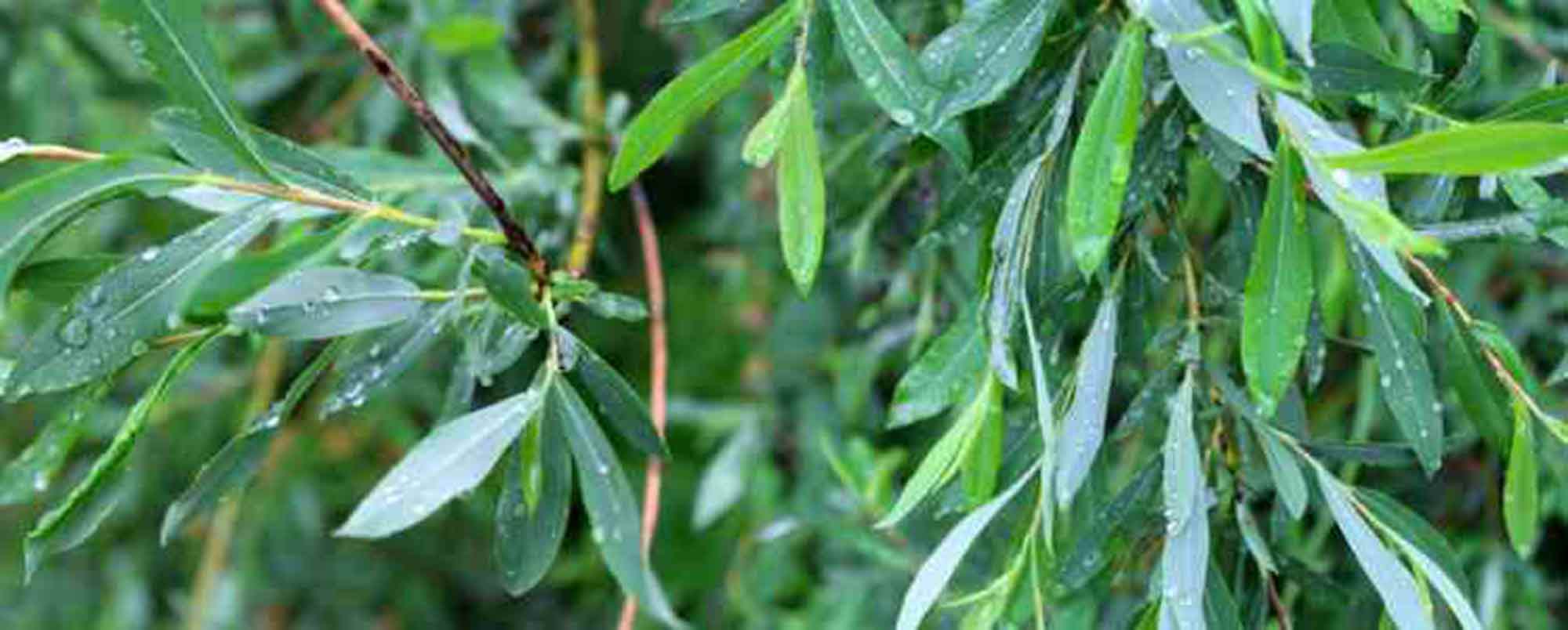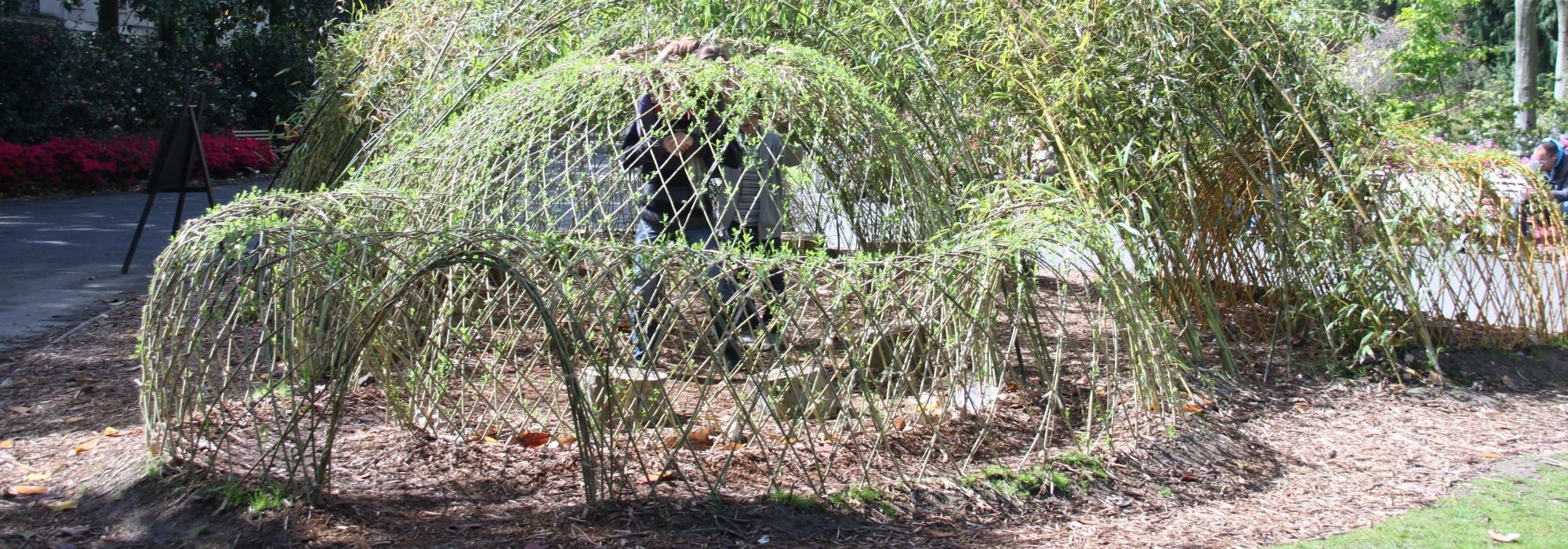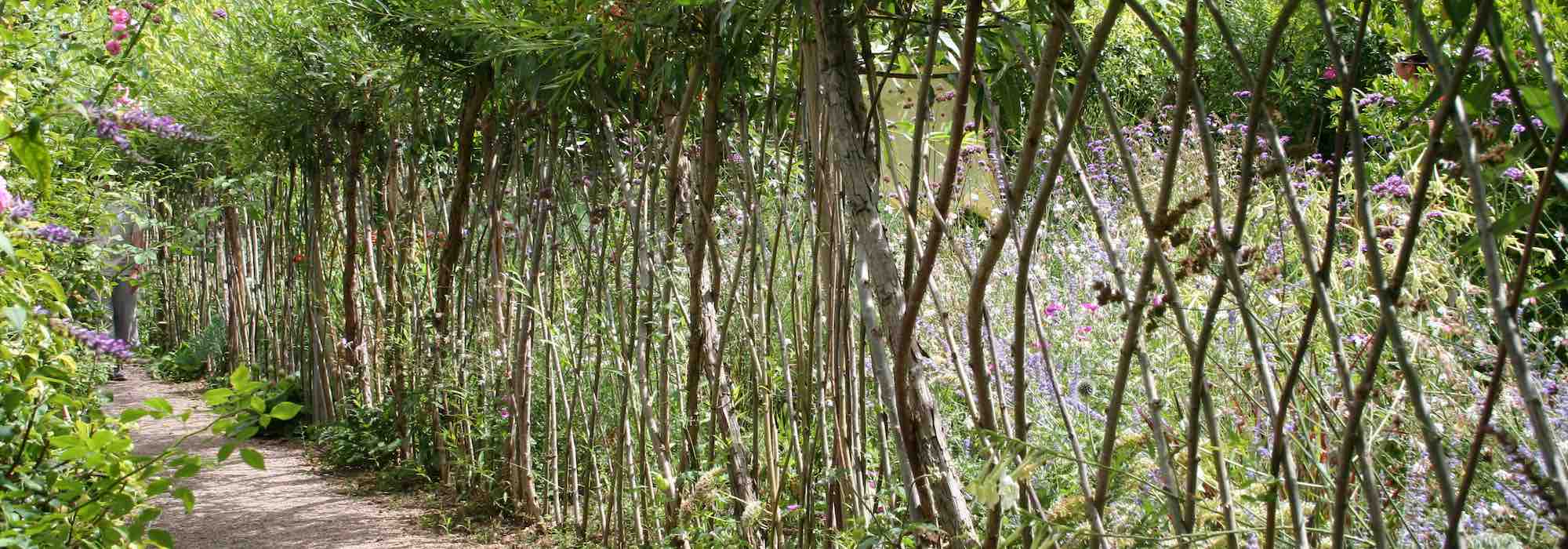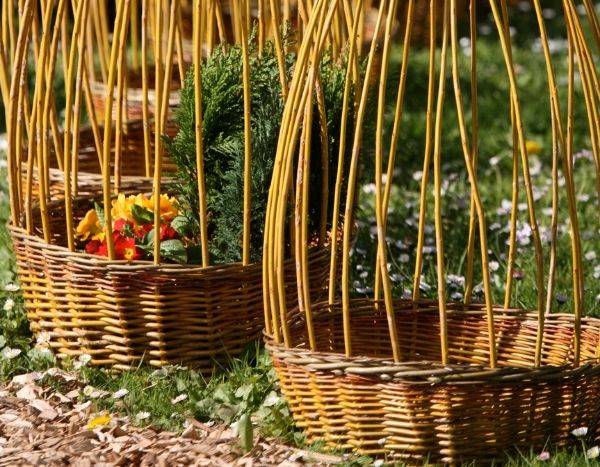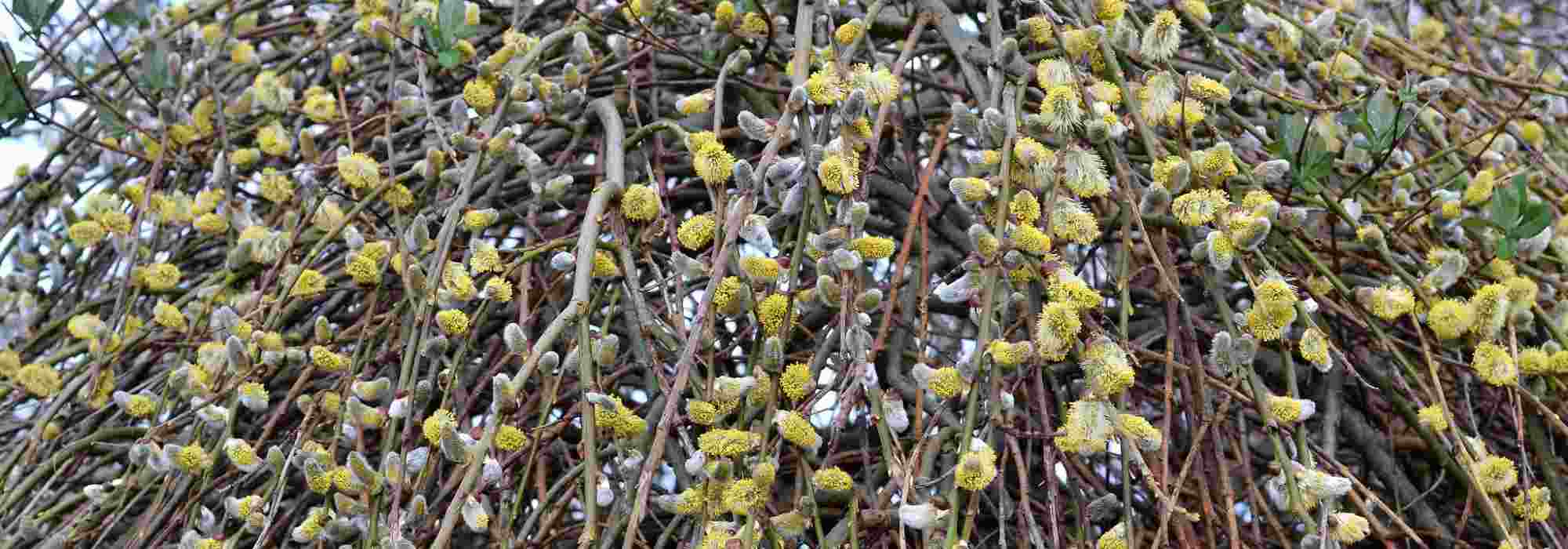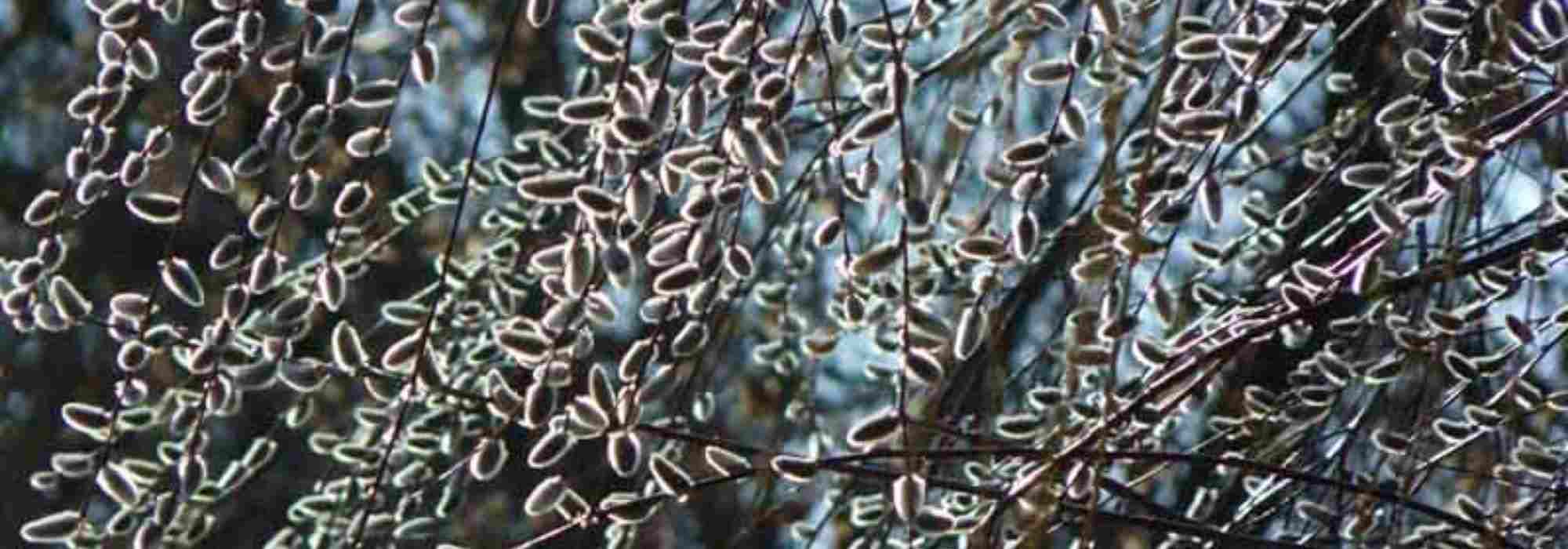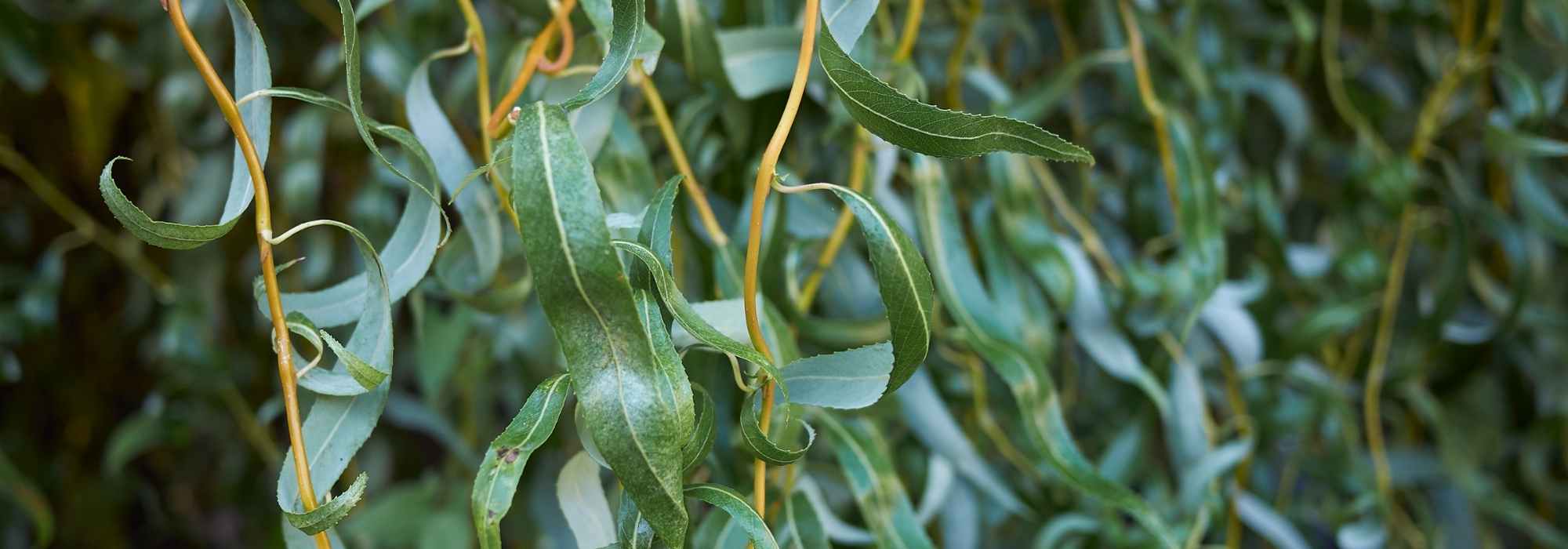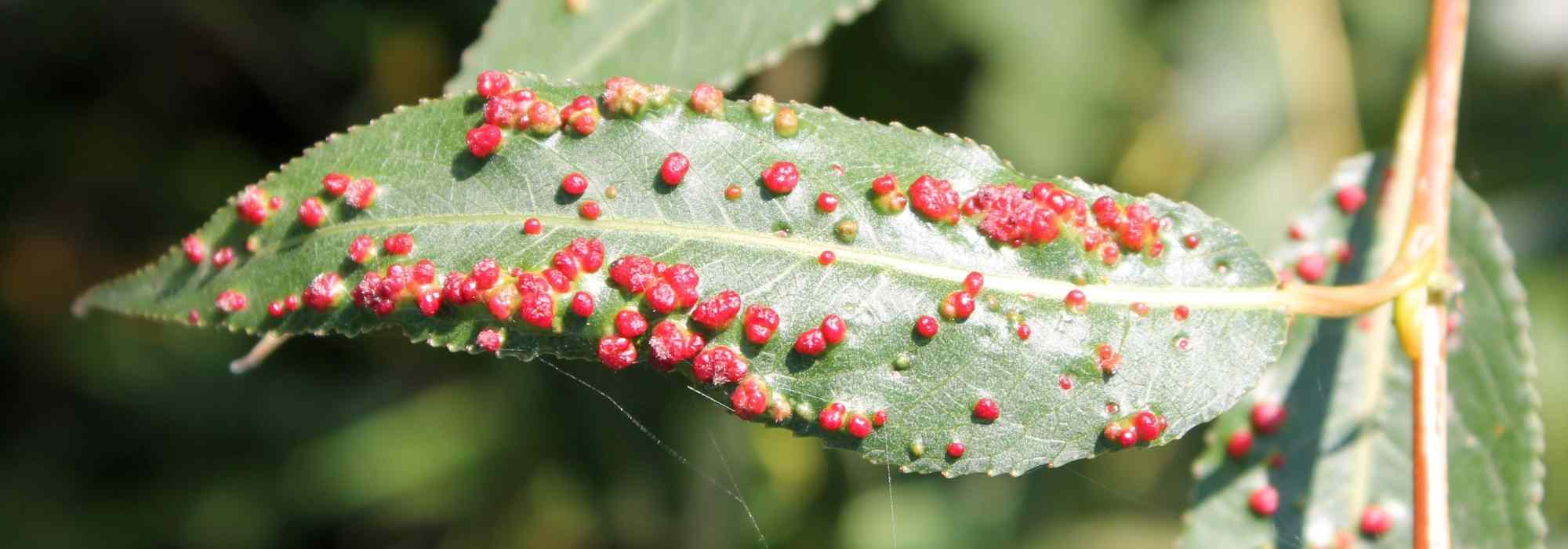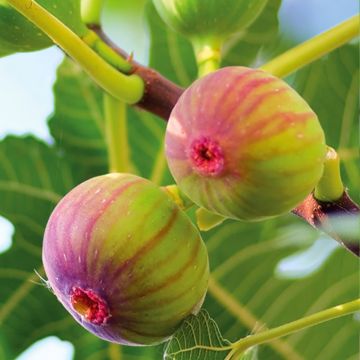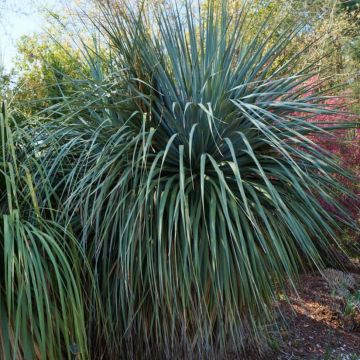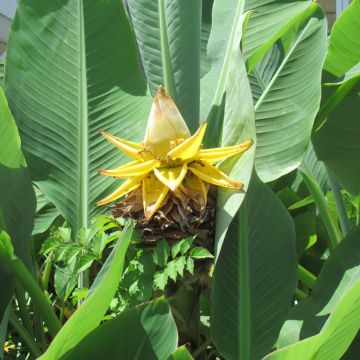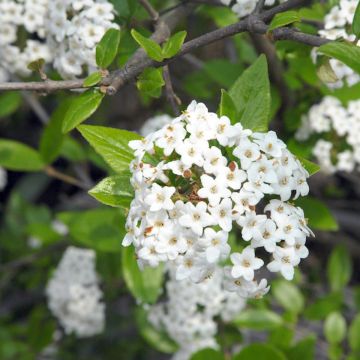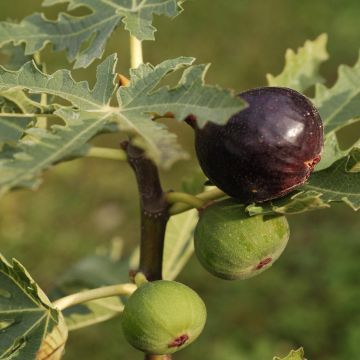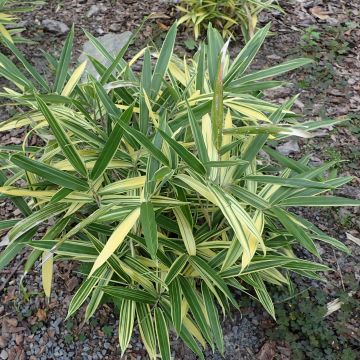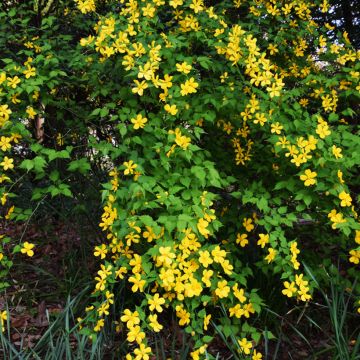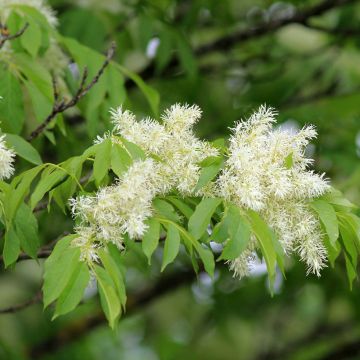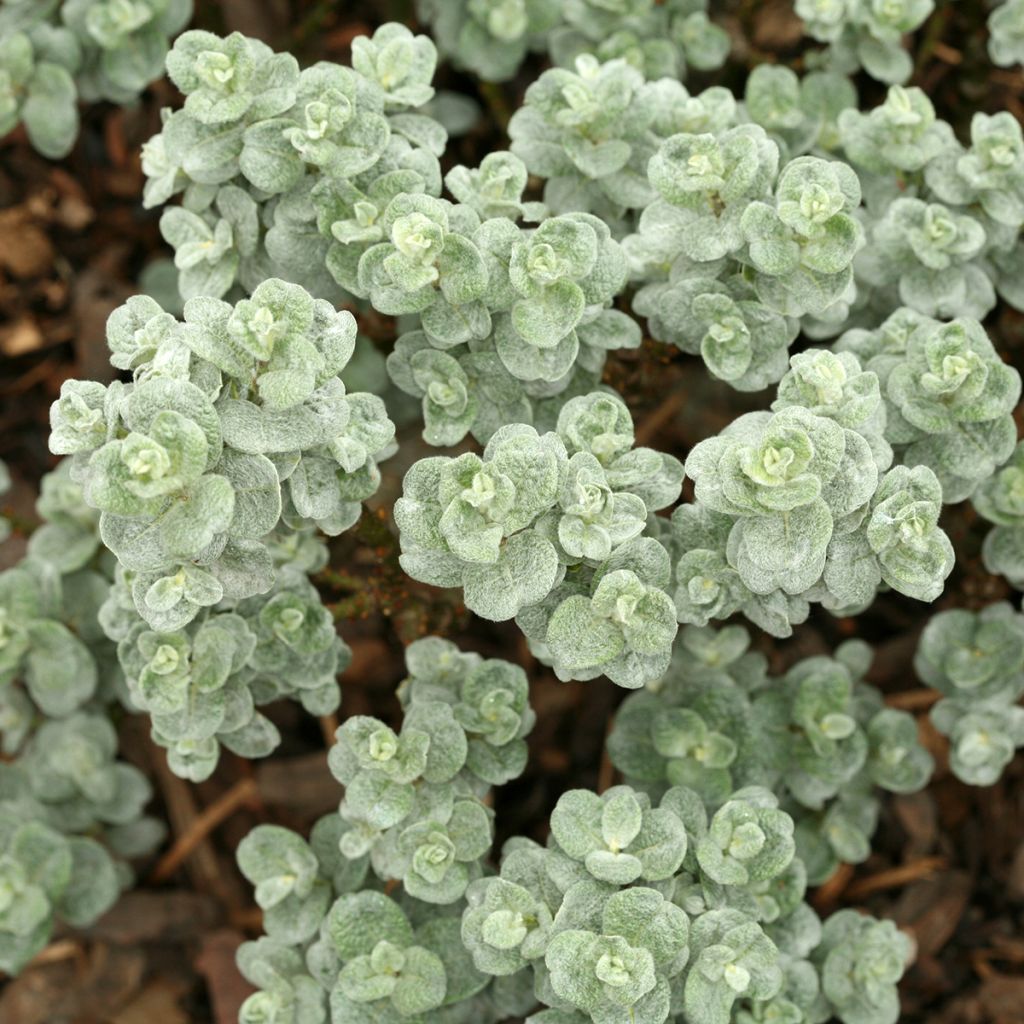

Salix Boydii - Willow
Salix Boydii - Willow
Salix Boydii
Willow
Special offer!
Receive a €20 voucher for any order over €90 (excluding delivery costs, credit notes, and plastic-free options)!
1- Add your favorite plants to your cart.
2- Once you have reached €90, confirm your order (you can even choose the delivery date!).
3- As soon as your order is shipped, you will receive an email containing your voucher code, valid for 3 months (90 days).
Your voucher is unique and can only be used once, for any order with a minimum value of €20, excluding delivery costs.
Can be combined with other current offers, non-divisible and non-refundable.
Home or relay delivery (depending on size and destination)
Schedule delivery date,
and select date in basket
This plant carries a 24 months recovery warranty
More information
We guarantee the quality of our plants for a full growing cycle, and will replace at our expense any plant that fails to recover under normal climatic and planting conditions.
Does this plant fit my garden?
Set up your Plantfit profile →
Description
Salix ‘Boydii’, commonly known as Boyd's willow, is a deciduous shrub with very slow growth and low and dense vegetation, not exceeding 0.60 m in height. Extremely elegant with its beautiful silver-grey leaves, it forms a magnificent little miniature shrub. This willow is appreciated for its picturesque habit that will bring a unique touch to your garden. However, its catkins are discreet and few. It grows slowly but steadily in almost all soils but performs better in wet and moist soil.
Salix, more commonly known as Willow, is a genus of trees, shrubs, and bushes in the Salicaceae family. It includes about 360 species found in temperate and cold regions of the Northern Hemisphere. Its name comes from Latin and Frankish, derived from a Celtic root meaning "close to water." Its leaves are deciduous, alternate, oval or lanceolate. As a dioecious plant, the flowers are grouped in erect, male or female catkins carried by different plants. Once fertilised, the female flowers transform into capsules with two valves that release cottony seeds. They are pollinated by wind or insects. Willows, like birches, are the first trees to colonise fallow land, especially riverbanks. They prefer sunny locations and light, moist soils with a pH between 5.5 and 7.5.
The variety ‘Boydii’ was discovered around 1870 in the Angus Mountains in Scotland by William Boyd (1831-1918), a figure well-known for his collection of many alpine garden plants. He brought it to his garden in Upper Faldonside, Melrose (a town in the north of the United Kingdom). This variety is believed to be the result of natural hybridisation between Salix reticulata and Salix lanata or lapponica. In 1913, Reverend Edward Francis Linton described it, and the name was validly published. It forms a small shrub with a dwarf habit that will not exceed 0.50 to 0.60 m in height and spread at maturity. Its growth is very slow, about 3 to 5 cm per year, but this little willow can live a very long time. Numerous twisted branches bear dense, deciduous foliage, composed of tough, obovate, 2 to 3 cm long leaves with rough and downy epidermis. The leaves, with very short petioles, are initially silver-grey and covered with fuzz. They then become glaucous green, and the veins are clearly visible on the surface. On the underside, they are always covered with fine white wool, and the midrib is prominent. Unlike many willows, the 'Boydii' variety produces few female catkins with yellow flowers in early spring before the leaves.
In the category of willows, there is a great diversity of varieties, each as original as the next. Salix ‘Boydii’, stands out for the aesthetics of its small size, compact habit, and silver-reflecting foliage. It is easy to grow and very hardy and thrives in full sun or partial shade. It adapts to most cool and moist soils and requires no maintenance. It excels as a perfect plant for pond edges, moist rockeries, or in a miniature garden. To highlight its architectural habit, it can be accompanied, for example, by long-flowering ground cover perennials (Ajugas, Tradescantias), perennials with graphic and colourful foliage (Dwarf Hostas, Houttuynia cordata Chameleon), grasses (Acorus, Carex morrowii), or evergreen shrubs like Nandina domestica Fire Power or Dwarf Bamboos. Finally, a few bulbs like Snowdrops, with their white bells announcing spring, can perfect the composition.
Plant habit
Flowering
Foliage
Botanical data
Salix
Boydii
Salicaceae
Willow
Cultivar or hybrid
Other Willow - Salix
View all →Planting and care
Plant the Dwarf Willow Boydii preferably in autumn, in a very sunny location. It requires a well-drained, rocky, slightly acidic, neutral to limestone soil, remaining moist throughout the year. This mountain willow dislikes heatwaves and soils that are too dry or too rich. Ideally, at planting, use a mixture composed of half potting soil and half garden soil mixed with coarse sand and gravel if your soil is clayey and heavy. Optionally, plant it in a raised bed. A moist rockery will be perfectly suitable. It is perfectly resistant to cold and heavy frost. To promote a bushy habit and the formation of catkin-bearing branches, prune after flowering, every 2 or 3 years.
Diseases and pests of willows: The leaves and branches are susceptible to various fungal diseases. Collect all the leaves in autumn, burn them, and treat with Bordeaux mixture. Many insects like aphids, leaf beetles and caterpillars devour the foliage.
Planting period
Intended location
Care
Planting & care advice
This item has not been reviewed yet - be the first to leave a review about it.
Similar products
Haven't found what you were looking for?
Hardiness is the lowest winter temperature a plant can endure without suffering serious damage or even dying. However, hardiness is affected by location (a sheltered area, such as a patio), protection (winter cover) and soil type (hardiness is improved by well-drained soil).

Photo Sharing Terms & Conditions
In order to encourage gardeners to interact and share their experiences, Promesse de fleurs offers various media enabling content to be uploaded onto its Site - in particular via the ‘Photo sharing’ module.
The User agrees to refrain from:
- Posting any content that is illegal, prejudicial, insulting, racist, inciteful to hatred, revisionist, contrary to public decency, that infringes on privacy or on the privacy rights of third parties, in particular the publicity rights of persons and goods, intellectual property rights, or the right to privacy.
- Submitting content on behalf of a third party;
- Impersonate the identity of a third party and/or publish any personal information about a third party;
In general, the User undertakes to refrain from any unethical behaviour.
All Content (in particular text, comments, files, images, photos, videos, creative works, etc.), which may be subject to property or intellectual property rights, image or other private rights, shall remain the property of the User, subject to the limited rights granted by the terms of the licence granted by Promesse de fleurs as stated below. Users are at liberty to publish or not to publish such Content on the Site, notably via the ‘Photo Sharing’ facility, and accept that this Content shall be made public and freely accessible, notably on the Internet.
Users further acknowledge, undertake to have ,and guarantee that they hold all necessary rights and permissions to publish such material on the Site, in particular with regard to the legislation in force pertaining to any privacy, property, intellectual property, image, or contractual rights, or rights of any other nature. By publishing such Content on the Site, Users acknowledge accepting full liability as publishers of the Content within the meaning of the law, and grant Promesse de fleurs, free of charge, an inclusive, worldwide licence for the said Content for the entire duration of its publication, including all reproduction, representation, up/downloading, displaying, performing, transmission, and storage rights.
Users also grant permission for their name to be linked to the Content and accept that this link may not always be made available.
By engaging in posting material, Users consent to their Content becoming automatically accessible on the Internet, in particular on other sites and/or blogs and/or web pages of the Promesse de fleurs site, including in particular social pages and the Promesse de fleurs catalogue.
Users may secure the removal of entrusted content free of charge by issuing a simple request via our contact form.
The flowering period indicated on our website applies to countries and regions located in USDA zone 8 (France, the United Kingdom, Ireland, the Netherlands, etc.)
It will vary according to where you live:
- In zones 9 to 10 (Italy, Spain, Greece, etc.), flowering will occur about 2 to 4 weeks earlier.
- In zones 6 to 7 (Germany, Poland, Slovenia, and lower mountainous regions), flowering will be delayed by 2 to 3 weeks.
- In zone 5 (Central Europe, Scandinavia), blooming will be delayed by 3 to 5 weeks.
In temperate climates, pruning of spring-flowering shrubs (forsythia, spireas, etc.) should be done just after flowering.
Pruning of summer-flowering shrubs (Indian Lilac, Perovskia, etc.) can be done in winter or spring.
In cold regions as well as with frost-sensitive plants, avoid pruning too early when severe frosts may still occur.
The planting period indicated on our website applies to countries and regions located in USDA zone 8 (France, United Kingdom, Ireland, Netherlands).
It will vary according to where you live:
- In Mediterranean zones (Marseille, Madrid, Milan, etc.), autumn and winter are the best planting periods.
- In continental zones (Strasbourg, Munich, Vienna, etc.), delay planting by 2 to 3 weeks in spring and bring it forward by 2 to 4 weeks in autumn.
- In mountainous regions (the Alps, Pyrenees, Carpathians, etc.), it is best to plant in late spring (May-June) or late summer (August-September).
The harvesting period indicated on our website applies to countries and regions in USDA zone 8 (France, England, Ireland, the Netherlands).
In colder areas (Scandinavia, Poland, Austria...) fruit and vegetable harvests are likely to be delayed by 3-4 weeks.
In warmer areas (Italy, Spain, Greece, etc.), harvesting will probably take place earlier, depending on weather conditions.
The sowing periods indicated on our website apply to countries and regions within USDA Zone 8 (France, UK, Ireland, Netherlands).
In colder areas (Scandinavia, Poland, Austria...), delay any outdoor sowing by 3-4 weeks, or sow under glass.
In warmer climes (Italy, Spain, Greece, etc.), bring outdoor sowing forward by a few weeks.






























